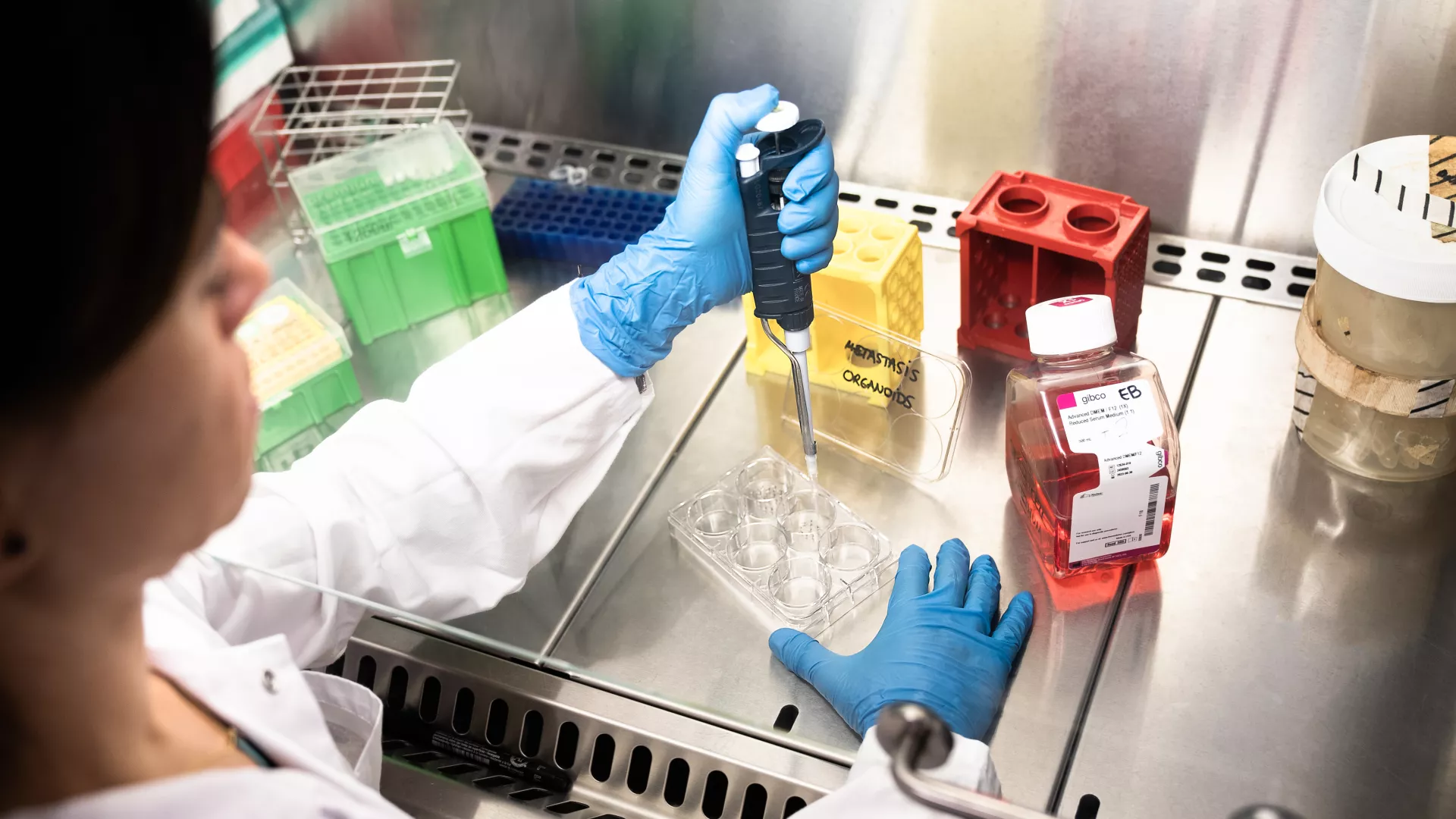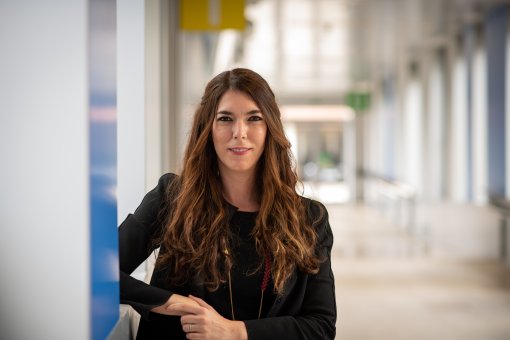Images
Participants
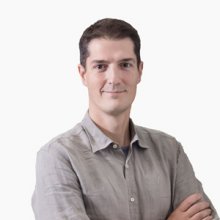
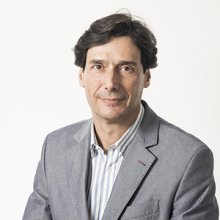
Contact
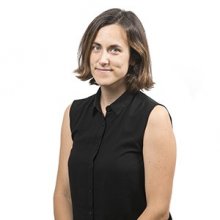
Barry Barish, 2017 Nobel laureate in Physics, will speak about the ‘new science’ arising from the proof found in 1915 for the gravitational waves Einstein predicted.
The scientific re-evolution based on the new power paradigm, the latest advances in biosensors and in vitro production of specialised cells and human organs are the topics of the three debate panels.
Next Wednesday 27 June, more than 300 leading researchers will meet at CosmoCaixa to debate the latest scientific advances in cutting-edge fields (energy, health, environment) with a huge impact on society and the economy, at the yearly conference of the Barcelona Institute of Science and Technology (BIST). The gathering, promoted by the “la Caixa” Banking Foundation (which currently holds the vice-presidency of the BIST Board of Trustees) will kick off with a keynote speech by US scientist Barry C. Barish, winner of the 2017 Nobel Prize in Physics, entitled "Gravitational Waves: From Einstein to a New Science".
Professor Barish is one of the promoters of LIGO (Laser Interferometer Gravitational-Wave Observatory), which sets out to confirm the existence of the gravitational waves in Einstein’s theory of relativity, from 1915. One hundred years later, in September 2015, LIGO made the first direct observation of gravitational waves. Gravitational waves are ripples in the space-time continuum from catastrophic events in the distant universe (such as the formation of black holes or exploding stars), so detecting them opens up an unprecedented field for studying the cosmos. The transcendence of this achievement was also recognised with the 2017 Princess of Asturias award in Research.
The BIST Conference is designed to be a meeting place that promotes interaction among and with researchers at the BIST centres, and as a platform for the projection of the most cutting-edge developments in multidisciplinary research. For the 2018 conference, the three fields chosen for this top-notch debate are new alternative energy, a field in which BIST centres are seeing important advances in areas like artificial photosynthesis; the latest technology in biosensors, using biological receptors or nanomaterials; and tissue modelling and engineering, where new techniques with stem cells, gene editing (CRISPR/Cas9) and bio-printing are converging to develop personalised regenerative medicine.
Producing clean, sustainable energy is the goal of two projects with BIST backing, SOLHYCAT and INWOC, which take two different research approaches to the challenge of using solar power and water (artificial photosynthesis) to obtain a practically limitless energy source (hydrogen). Both projects are part of the Ignite Programme, through which BIST promotes the most disruptive interdisciplinary research, and will be the focus of one session at the conference, presenting the progress of 7 of the 13 projects funded so far. Another project included in the session, Q-SPET, applies quantum physics to study sunlight harvesting and energy transport in specialised proteins. This research could have applications in the field of energy but also that of biosensors (another big topic of the event), as could the 2DNANOHEAT project. This project is researching heat flows in nanomaterials, with potential applications for producing energy (converting heat to electricity), photodetectors for sensors and advanced components for information technology.
The ENGUT project, which aims to come up with a new cell culture method to produce intestine epithelial tissue in vitro, is an example of work underway at BIST in the third focal point of the conference: tissue engineering and its applications in regenerative medicine. Rounding out the list of Ignite projects that will be presented at the conference are THEIA, which is developing a retina implant that can help people with retinitis pigmentosa see again, and GENSTORM, which is researching how genes are organised in the cell nucleus and how this affects their functions.
Another of the BIST focal points is promoting female leadership in research. To highlight the importance and potential of this line, the closing speech has been entrusted to a leader in her field (biomolecular physics) and one of the most brilliant researchers today: Professor Marileen Dogterom. She is chair of the Department of Nanoscience (Kavli Institute) at Delft University of Technology and a pioneer in studying cytoskeletons, the microtubes that give each cell its specific shape. Dogterom is also a professor of Molecular Physics at Leiden University and, among other recognitions, received the 2017 Suffrage Science Award from the Medical Research Council in the United Kingdom “for her excellent scientific results and ability to inspire others.”
When: 27 June 2017, 9:00 am to 6:30 pm
Where: CosmoCaixa, C/ Isaac Newton, 26, 08022 Barcelona
More information: http://bist.eu/conference-2018/
About IRB Barcelona
The Institute for Research in Biomedicine (IRB Barcelona) pursues a society free of disease. To this end, it conducts multidisciplinary research of excellence to cure cancer and other diseases linked to ageing. It establishes technology transfer agreements with the pharmaceutical industry and major hospitals to bring research results closer to society, and organises a range of science outreach activities to engage the public in an open dialogue. IRB Barcelona is an international centre that hosts 400 researchers and more than 30 nationalities. Recognised as a Severo Ochoa Centre of Excellence since 2011, IRB Barcelona is a CERCA centre and member of the Barcelona Institute of Science and Technology (BIST).
